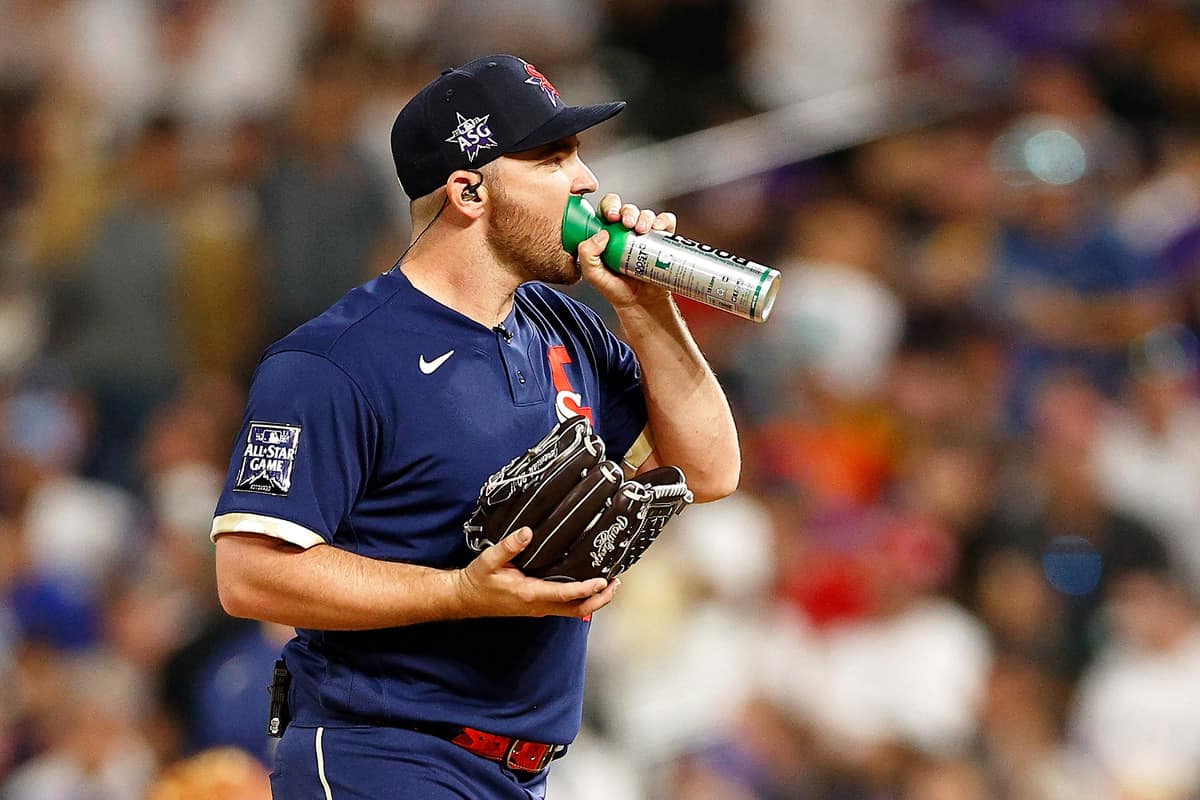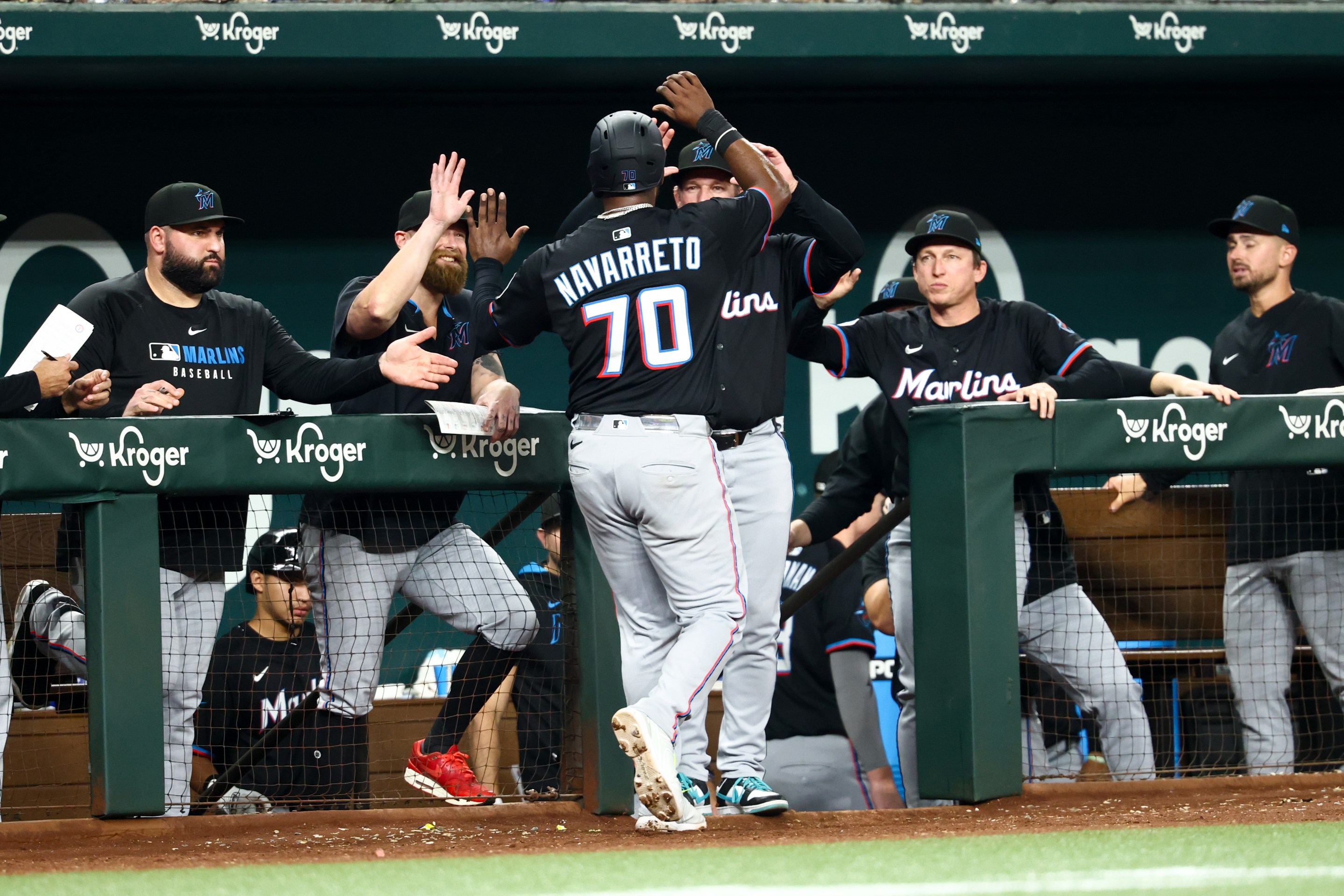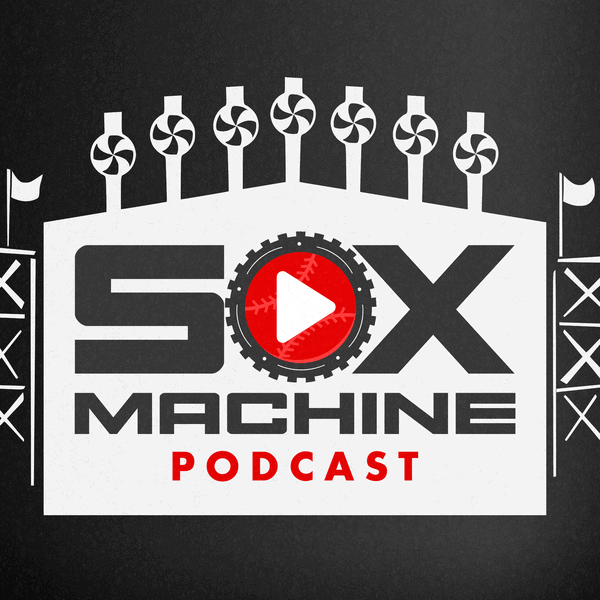Until this year's All-Star Game, I didn't realize I'd taken the tradition of non-unified uniforms for granted. Major League Baseball was the only league to let its players dress in their own livery, which is a tradition that came to a jarring close when Nike designed All-Star uniforms for both leagues to wear this time around, and ugly ones at that.
Such uniforms might've made more sense if they were introduced in conjunction with the All-Star Game determining home-field advantage in the World Series, becuase then it would've been a visual representation of the new emphasis on leagues. But that era is over, the game is rightfully returned to exhibition status, and so it's more about seeing your best guys go up with and against the best guys from other teams, which is what the individual team uniforms helped define.
There's the possibility that I'm too old for this shift, at least if this Los Angeles Times story is any indication:
There is a four-letter answer: Nike. When Major League Baseball signed a billion-dollar contract with Nike in 2019, MLB did more than cash in. The league asked for help resolving its persistent problem in attracting newer and younger audiences.
“It really was about being able to harness their expertise in reaching younger audiences and in elevating sport, and in the power of the marketing brand that is Nike,” MLB chief revenue officer Noah Garden said. [...]
“It’s not supposed to appeal to me,” Garden said. “It’s supposed to appeal to my kids.”
On that score, the new jerseys appear to be a success. They are “essentially sold out,” an MLB official said.
Then again, I don't think you'd see an MLB official say they weren't selling. "Essentially" can be a pretty squishy qualifier.
A single All-Star uniform makes sense in sports like basketball/football/hockey where the ball/puck can be intercepted by members of the other team and moved in the opposite direction. In baseball, there's very little confusion about who's on offense or defense at any given time, at least in plays that don't involve A.J. Pierzynski. Individual uniforms aren't just something that's always been done, but it's always been something the sport could do, and so it seems dumb to stop doing it.
Tim Anderson, who echoed the consensus public sentiment with his enthusiastic adoption of the White Sox's City Connect uniforms, also seemed to represent the general feedback about the All-Star look.
Perhaps the kids liked them, but the next endorsement I see will be the first.
Anderson, who made the All-Star team as a replacement for Carlos Correa, did get in the game defensively, but he didn't get a chance to step in the box. The American League left him on deck in the bottom of the ninth, which Tampa Bay and AL manager Kevin Cash says he regrets.
Anderson sounded like he was in a forgiving mood, but it's possible that this episode is added to the catalog of forever beefs.
As for his teammates who also represented the White Sox in Denver, here's how they spent the first half of their All-Star breaks.
LANCE LYNN
He threw a scoreless second inning in relief of Shohei Ohtani, erasing a two-out walk with a two-out strikeout, and then dropping a couple of quality quotes after the game, including this one:
“When you make an All-Star team and don’t pitch, you almost feel like you didn’t make it,” Lynn said. “Now I can officially say I made it.”
It's a shame he wasn't mic'd up, but guess who was?
LIAM HENDRIKS
Hendriks closed out the game with a scoreless ninth, although he had to survive a couple of hits to do it. His appearance was more noteworthy for the usual array of expletives he sprays during an inning, except this time it was delivered crisp and clear over the Fox broadcast:
Supposedly he didn't know it was on. I don't think it would've made a difference either way.
Amongst the pitches he threw was a new offering: an 84-mph knuckleball that drifted low and away to Ozzie Albies for ball one.
That's because he told Rob Friedman, aka Pitching Ninja, that he'd do it for $20 donations to an animal rescue charity.
CARLOS RODÓN
He was the lone White Sox representative to not appear in the game, so Lynn might've rained on his parade a little bit. That said, three-quarters of the Rodón family did appear an the actual parade.
Rodón's absence from the box score would've been a bigger bummer in previous seasons, when All-Star nods and other individual accomplishments were the only feats that were really in play for members of the White Sox. But with another half next to play -- and as much of October as possible -- I didn't mind seeing Rodón sit this one out, especially since his history of mid-game entrances is uneven at best.
(Photo by Isaiah J. Downing-USA TODAY Sports)






